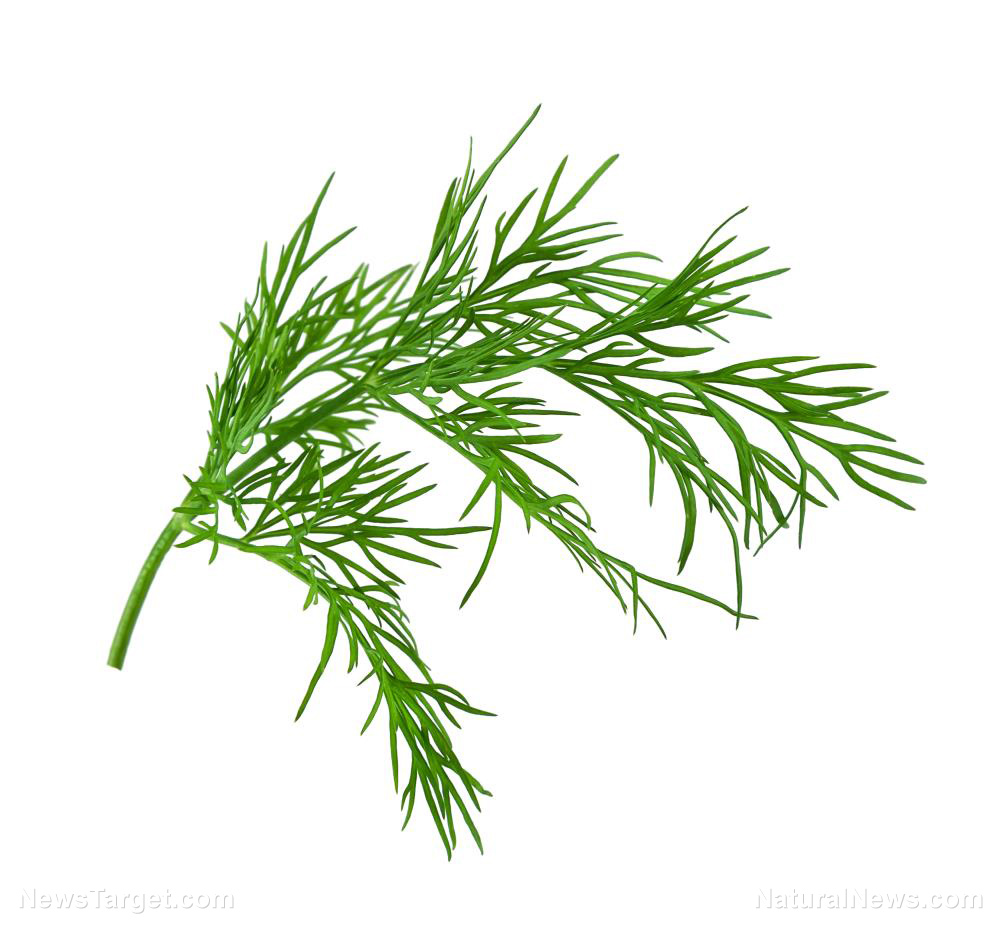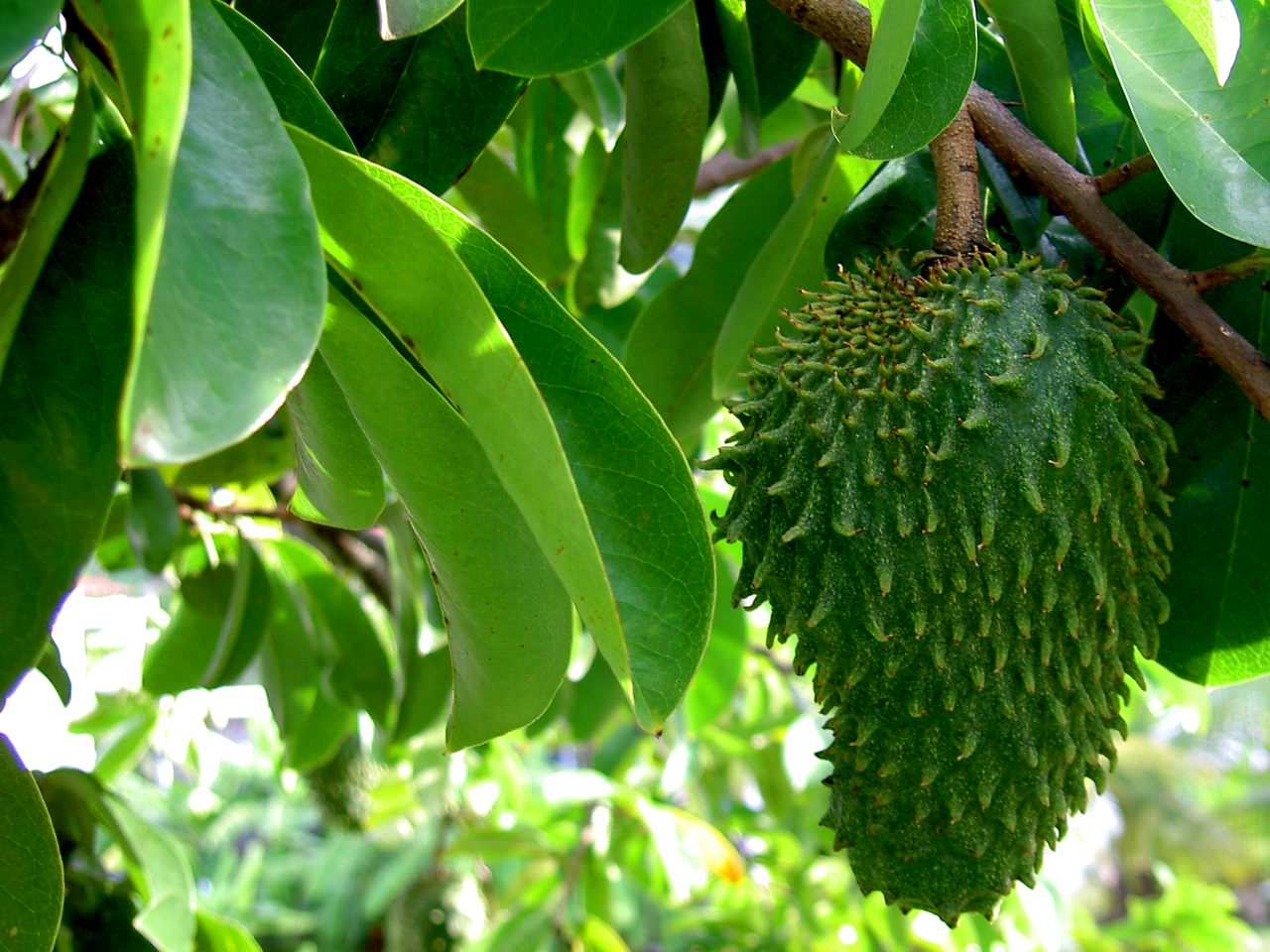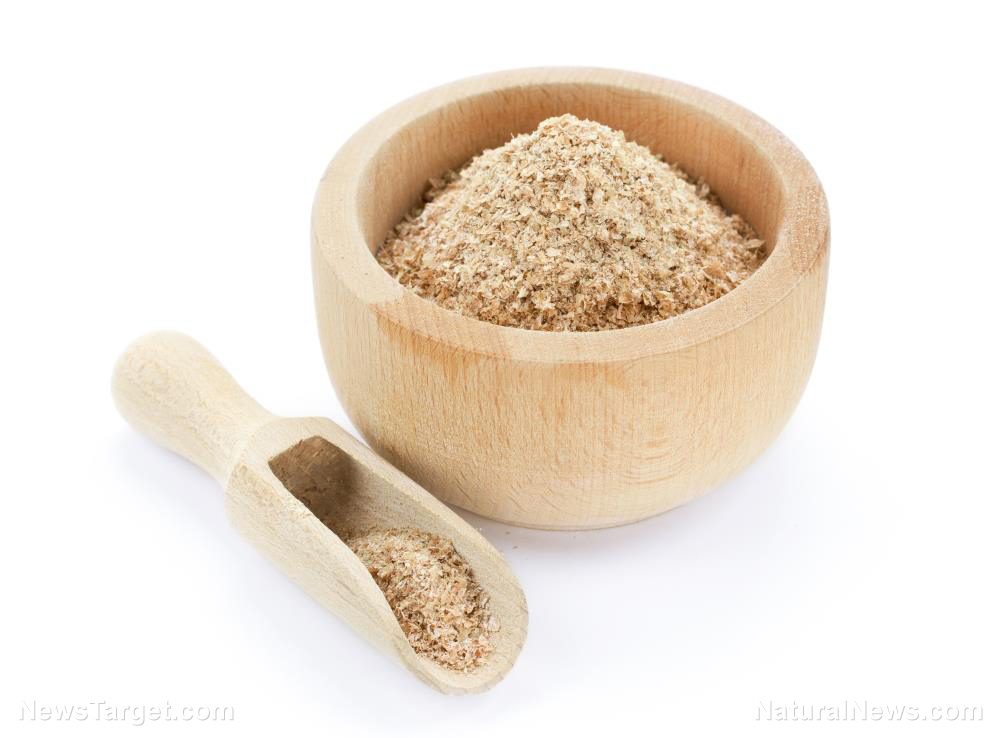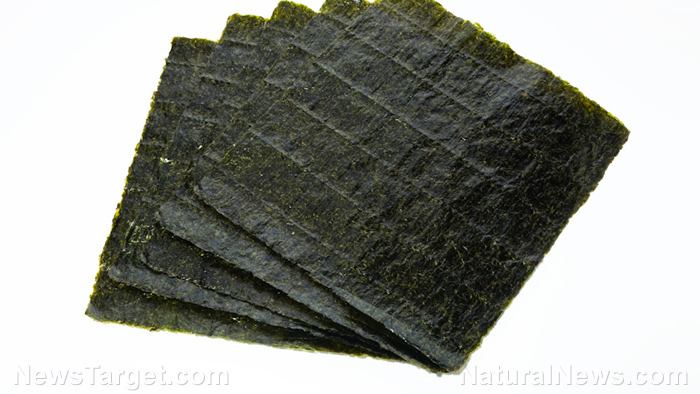Another Monsanto BOMBSHELL: Company caught ghostwriting its own “independent safety reviews”
08/14/2017 / By Ethan Huff

If you think the Hillary Clinton email scandal represents the epitome of corruption, check out the latest dirt on the world’s most evil corporation. As part of numerous pending lawsuits against the company for harm caused by its popular herbicide Roundup, it was recently revealed that Monsanto has been working overtime behind the scenes to procure as much evidence as possible that its chemical blockbuster is safe, including by manufacturing artificial “independent safety reviews.”
That’s right: Monsanto has been caught once again engaging in an illicit ghostwriting operation to produce fake scientific studies and reviews to suggest that Roundup and its active ingredient glyphosate are completely safe. Dozens of internal Monsanto emails prove this fact, as released on August 1 by plaintiffs’ lawyers who are reportedly working very hard to expose all of the evil dealings of the St. Louis-based agrochemical giant.
As it turns out, Monsanto worked with an outside consulting firm to create a fake “independent” study published in the journal Critical Reviews in Toxicology. This review, along with four sub-papers published right after it, was specifically targeted at the 2015 assessment made by the International Agency for Research on Cancer (IARC), a division of the World Health Organization, that glyphosate is a probable human carcinogen.
IARC’s conclusion on the matter was obviously very bad PR for Monsanto, which rather than admit the truth and work on a safer formula (or better yet, completely disband itself for the betterment of humanity) instead sought to debunk it with fake science. At the same time, California made the decision to add glyphosate to its list of known human carcinogens, which was a huge blow for the Missouri multinational.
Monsanto blatantly lied about its involvement in manufacturing fake science
When Monsanto first disclosed that it had hired a consulting firm, known as Intertek Group Plc, to help it develop a review and supplement to counter IARC’s findings, it claimed that it only worked to develop a name for the report: “An Independent Review of the Carcinogenic Potential of Glyphosate.” But we now know that this was not the case.
Formerly-private, internal Monsanto emails reveal that Monsanto chief of regulatory science, William Heydens, in conjunction with other Monsanto scientists were directly involved with organizing, reviewing, and editing drafts of this “independent” research as it was being submitted to Monsanto by Intertek. At one point during their correspondences, Heydens vetoed a request by a panelist to tone down some of the criticism Monsanto wanted to see levied against IARC for daring to say bad things about glyphosate.
After a lot of back and forth, Heydens eventually got his way, and Intertek not long after billed Monsanto $20,700 for a single month’s work on the review, which reportedly took an entire year to complete.
Despite these findings that Monsanto blatantly lied and worked behind the scenes to manufacture this bunk “independent” review, the company is still trying to claim that it was involved only in “cosmetic editing” of the final product. Nothing “substantive” was added or changed by Monsanto, according to Monsanto.
But this is patently false, and worse is the fact that even the editor of the Critical Reviews in Toxicology, Roger McClellan, was apparently involved in the fraud. McClellan reportedly worked on developing an acknowledgment for the review that portrayed Monsanto in the most positive light possible, being sure to suggest that every panelist involved was hired directly by Intertek with no influence from Monsanto.
“Other emails show that Monsanto’s lead toxicologist, Donna Farmer, was removed as a co-author of a 2011 study on glyphosate’s reproductive effects, but not before she made substantial changes and additions to the paper behind the scenes,” reports Bloomberg about further Monsanto fraud in creating fake science.
“The study, published in Taylor & Francis’s Journal of Toxicology and Environmental Health, served to counter findings that glyphosate hampers human reproduction and development. Partridge says Farmer’s contributions didn’t warrant authorship credit. While almost all of her revisions made it into the published paper, her name doesn’t even show up in the acknowledgments.”
Sources for this article include:
Tagged Under: conflicts of interest, ghostwriting, GMOs, Monsanto, Monsanto Mafia, science, science journals, scientific integrity



















